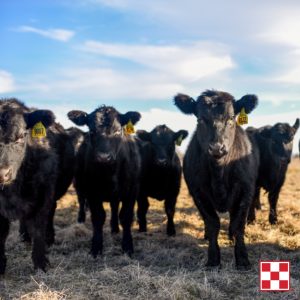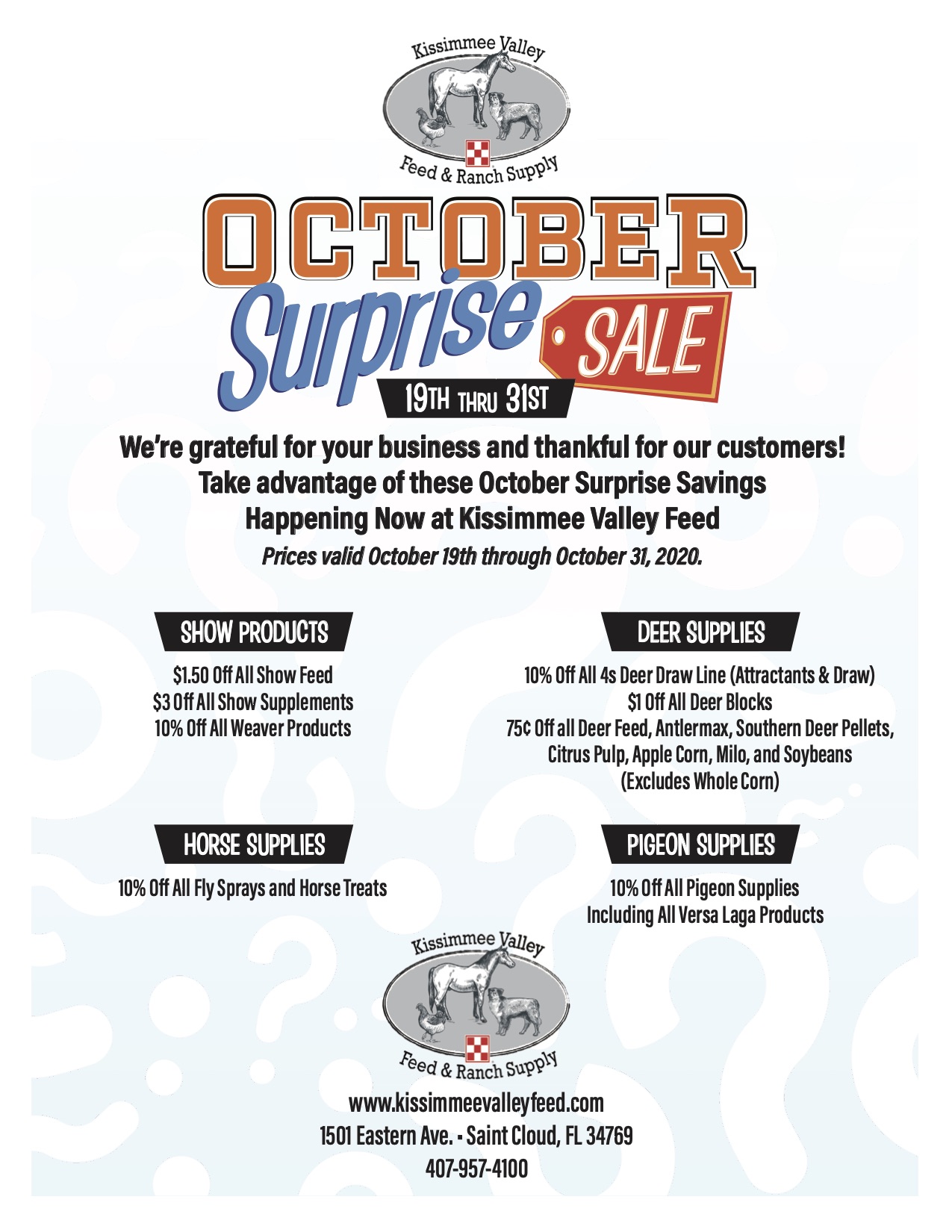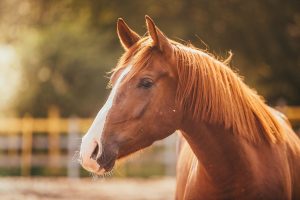| Nov ’20 |
| 27 |

Shop Kissimmee Valley Pet Center (Store #2, 215 13th Street, Saint Cloud, FL) on Friday, November 27th, and save 10% off your entire purchase during our Black Friday savings sale!
| Nov ’20 |
| 27 |

Shop Kissimmee Valley Pet Center (Store #2, 215 13th Street, Saint Cloud, FL) on Friday, November 27th, and save 10% off your entire purchase during our Black Friday savings sale!
| Nov ’20 |
| 30 |
 Kissimmee Valley Feed pet center is pleased to offer these November 2020 specials!
Kissimmee Valley Feed pet center is pleased to offer these November 2020 specials!
ZuPreem – $2 off ZuPreem Pure Fun, Senimble Seed, or Smart Selects Bird Diets.
Pure Fun™ Bird Food for Small & Medium Birds is a premium blend of seeds, FruitBlend® Flavor Smart Pellets,™ vegetables and fruit to help excite and enrich your pet bird. This blend includes a delicious mix of right-sized pieces for your bird which helps minimize wasted food.
Pure Fun™ Bird Food for parrots & conures is a premium blend of fruit, FruitBlend® Flavor Smart Pellets,™ vegetables, and nuts to help excite and enrich your pet bird. This blend includes a delicious mix of right-sized pieces for your bird which helps minimize wasted food.
Exceptional Diets for Extraordinary Birds. Discover why a pellet diet is the best thing for your pet. Savings valid for Astro Loyalty Members.
FREE Litter Tray with Purchase of a ScoopFree Original Litter Box. Valid for Astro Loyalty Members.
Free Nulo Treat with purchase. Purchase a boy of 5-ounce Jerky Strips or a bag of 4-ounce Training Treats and get a free bag! Valid for Astro Loyalty Members.
Save $5 off Carefresh Large Bedding! Purchase a large bag of Carefresh small bedding and receive $5 off. Valid for Astro Loyalty Members.
Free Canidae 13-ounce can with purchase. Buy a large bag (21 lb or more) of dry dog food, and get a free 13-ounce can of wet dog food for free! Valid for Astro Loyalty Members.
Savings valid November 1 – 30, 2020 at the 215 13th Street store in Saint Cloud, FL.
 Preconditioning calves is one way that a farm or ranch can really add value, whether those cattle are staying on the farm or moving into a stocker or feedlot scenario. The producer implementing a preconditioning program may receive a higher premium. No matter where the calf goes after that, the opportunity for improved health and performance should be adding value from that program.
Preconditioning calves is one way that a farm or ranch can really add value, whether those cattle are staying on the farm or moving into a stocker or feedlot scenario. The producer implementing a preconditioning program may receive a higher premium. No matter where the calf goes after that, the opportunity for improved health and performance should be adding value from that program.
In times of high cattle prices, it’s not uncommon for producers to want to capitalize on prices as quickly as possible.
And, it’s no different for this year’s valuable calf crop. Producers are gearing up to cash in on their investment in producing and raising a healthy calf, but there are a few reasons to slow down and evaluate if this is the most profitable path. Could waiting a few months longer realize additional payoff?
Preconditioning cattle, which commonly includes a vaccination, nutritional and management program to help calves through a stressful timeframe, can be an investment, but it can be an investment with potentially bigger payoffs down the road.
1. Improved calf health
As many producers know, weaning can be a very stressful time for calves. Stress may cause them to go off feed, become immunocompromised and more susceptible to disease, or even result in death.
Calves that are preconditioned with an effective vaccination program and started on a high-quality nutrition program may be better equipped to handle this period of stress.
Research shows that preconditioned calves may have a significant reduction in treatment costs, as much as $29.50 per head, as well as 3.1 percent lower mortality rate in comparison to non-preconditioned calves.1 Investing in animal health with preconditioning can help cattle get through a stressful period, meaning potentially less treatment cost and more calves down the road.
2. Additional calf weight gain and increased feed efficiency
Selling calves at a later date that have gone through a preconditioning program (45 days or more) will have added weight versus calves that are sold at weaning.2 Additionally, research shows that calves that have gone through preconditioning have 7.2 percent better feed efficiency.1
Another study shows that preconditioning can add up to $61 per head to the value of heifers or $11.04 per hundredweight to the initial weaning weight.3
3. Seasonal market payoff
Preconditioning may provide an opportunity to sell calves in a more favorable market. In many instances, spring-born calves are weaned in October and are either sold at that point, or they are preconditioned to be marketed roughly 45 days later in November or December. Seasonal price indicators show that it may be more profitable to wait for higher prices in November or December, but that it varies based on market scenarios.4
Market prices for cattle can really fluctuate, and it’s important to have tabs on the market value at any given time, in comparison to what you’ll be investing in a preconditioning program. Cattle producers should always have a goal in place before starting a program.
4. Management premium
Despite the additional costs of vaccination and nutrition, research shows that conservatively, preconditioning may capture $50 to $75 per head of additional value.3 Whether you keep the set of calves on your operation for further development, or are looking to sell those calves to a stocker or feedlot operation, this added value can mean potential profit in the form of healthier animals and the resulting premiums.
When considering a preconditioning program, there are several critical management elements to keep in mind. Make sure preconditioned calves are acquainted with feed bunks and water troughs. Fresh, clean water should be offered at all times. In addition, calves should be offered a high-quality, balanced diet with the appropriate amount of energy, protein, minerals and vitamins.
Does your nutrition program stack up? Find out by visiting Kissimmee Valley Feed.
Article brought to you by Purina and Chris Forcherio, Ph.D. Beef Research Manager.
1Urban, R. & Grooms, D.L. (2012.) Prevention and control of Bovine Respiratory Disease. Journal of Livestock Science. 3:27-36. Retrieved March 16, 2015 from http://livestockscience.in/wp-content/uploads/2012/Bovine_Respiratory_Disease.pdf.
Shop Kissimmee Valley Feed’s original store for October Savings on show products, wildlife products, horses, and more.
The October Savings sale starts Monday, October 19th, and runs through the end of the month, Saturday, October 31, 2020. Sale prices are valid at Kissimmee Valley Feed, located at 1501 Eastern Ave, Saint Cloud, FL.

 Gastric discomfort may negatively affect a horse’s health, attitude and performance. Fortunately, recognizing signs of discomfort and providing proper equine management can help support your horse’s gastric health.
Gastric discomfort may negatively affect a horse’s health, attitude and performance. Fortunately, recognizing signs of discomfort and providing proper equine management can help support your horse’s gastric health.
Did you know that the prevalence of gastric discomfort in active horses is high? Studies indicate that the prevalence of gastric ulcers in performance horses is 90% or more¹.
As grazing animals, horses are made to steadily eat a forage-based diet throughout the course of an entire day. As a result, this constant slow-feed intake naturally regulates the acidity of the horse’s stomach contents. Additionally, the saliva a horse generates through chewing naturally buffers the acid.
Modern horse-keeping practices often limit feeding to two or three daily meals. Unless a horse is turned out to graze or barn staff frequently refills the hay supply, the horse doesn’t receive more hay until the next feeding.
Even though the horse isn’t eating, his stomach still produces acid because without chewing, there isn’t a steady source of saliva and natural enzymes to help protect the stomach. As a result, an overabundance of acid and a lack of saliva means the stomach’s natural pH level drops too. These factors create the trifecta for gastric discomfort in equine health.
Stress can also put horses at a greater risk for gastric discomfort. Rigorous exercise, long-distance travel, a new environment and confinement can contribute to lower gastric pH levels.
Gastric discomfort can present differently in individual horses. Common signs of equine gastric discomfort include:
Research has shown continuous acid production and low gastric pH can contribute to the development of gastric ulcers and Equine Gastric Ulcer Syndrome (EGUS)1. Fortunately, there are things you can do to minimize your horse’s risk for developing EGUS and manage a horse with gastric discomfort.
Firstly, some factors include:
Secondly, common signs are listed above, but individual horses present discomfort in different ways. Become familiar with your horse’s normal behavior to help determine if behavior changes are a sign of gastric discomfort.
Thirdly, work with your veterinarian for diagnosis and treatment if you recognize risk factors or symptoms. Gastroscopy is the only way to confirm the presence of gastric ulcers, and prescription acid suppression therapy may be required to heal ulcerations. If treatment is necessary, work with your veterinarian to determine the best medication for equine gastric health.
Develop a management program to minimize the factors contributing to gastric discomfort. Provide ample turnout and continuous access to fresh water. Anticipate stressful events, such as traveling or showing, and use Purina® Outlast® Gastric Supplement to support and maintain gastric health and proper pH during those times.
Finally, by choosing the right feed products and implementing good feeding management practices are vital in managing your horse’s gastric health.
In conclusion, recognizing the signs associated with gastric discomfort and adjusting management and dietary practices, you can help support your horse’s gastric health. Learn more about your horse’s gastric health and Outlast® supplement by visiting Kissimmee Valley Feed & Ranch Supply and checking out our horse feed selection.
Article brought to you by Purina and Kelly Vineyard, M.S., Ph.D. Senior Nutritionist, Equine Technical Solutions
1Sykes, B., et al. (2015), European College of Equine Internal Medicine Consensus Statement—Equine Gastric Ulcer Syndrome in Adult Horses. J Vet Intern Med, 29: 1288-1299. doi:10.1111/jvim.13578
Saint Cloud, FL 34769..
Phone: 407-957-4100
Fax: 407-957-0450
Mon-Fri: 8:00 am - 6:00 pm
Sat: 8:00 am - 2:00 pm
Sunday Closed
St. Cloud, FL 34769
Phone: 407-892-4040
Mon-Fri: 9:00 am - 7:00 pm
Sat: 9:00 am - 5:00 pm
Sunday: Closed